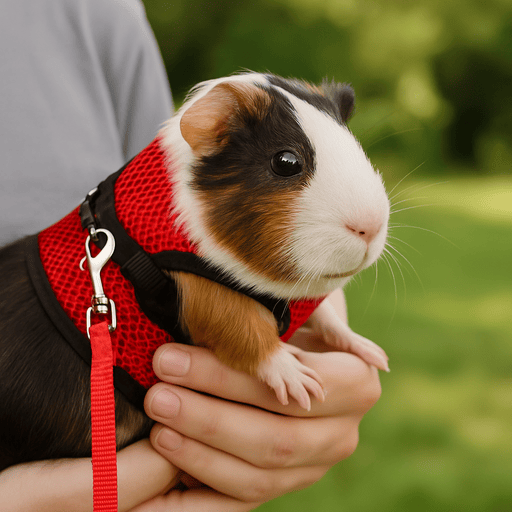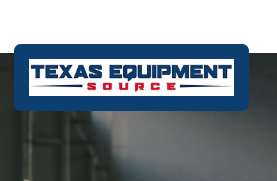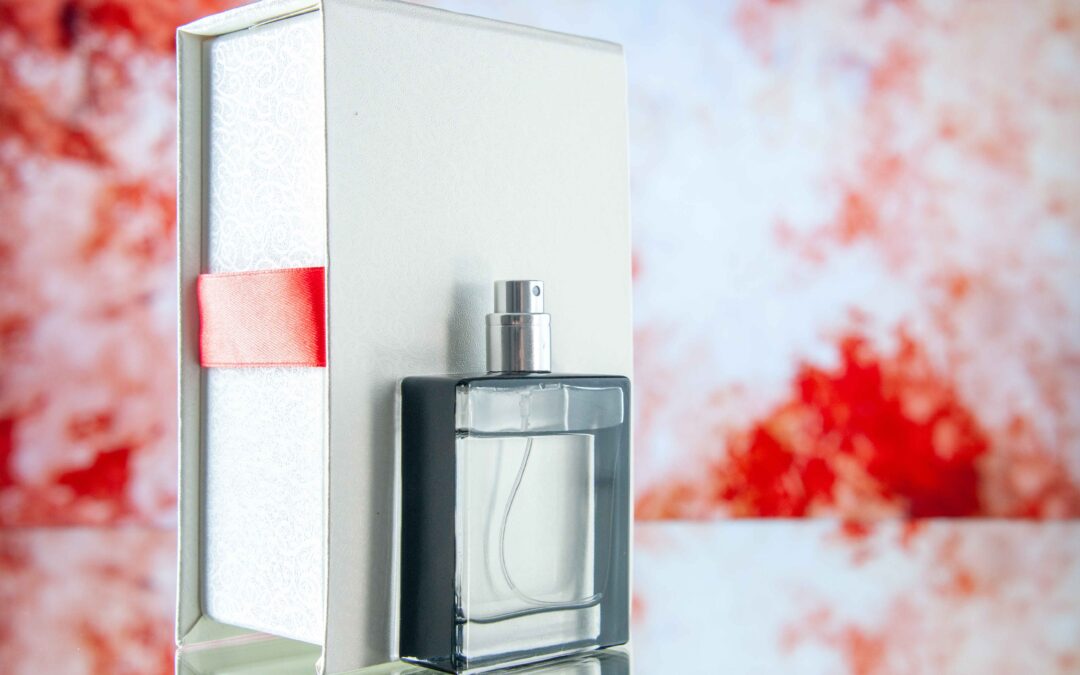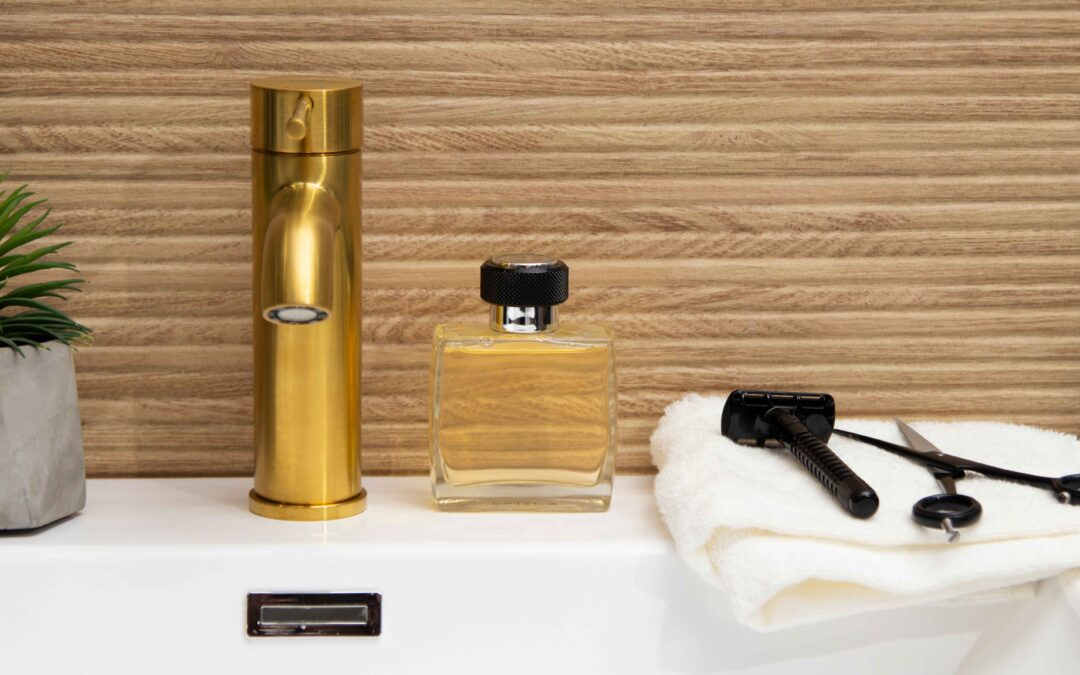Small animals, such as rabbits, guinea pigs, ferrets, and hamsters, bring boundless joy to pet owners across the USA. As these tiny companions grow in popularity, ensuring their safety and comfort during outdoor adventures is a top priority. A small animal harness is a vital tool for secure exploration, providing a safer alternative to traditional collars. This 2,000-word guide dives into everything you need to know about selecting, using, and maintaining a small animal harness, with insights tailored to the thriving USA pet supplies market. From sizing tips to the latest trends, we’ve got you covered for stress-free outings with your furry friend.
According to the American Pet Products Association (APPA), the USA pet industry is projected to reach $157 billion in 2025, driven by demand for innovative accessories like harnesses. With pet supplies available online, platforms like Kwik Pets make high-quality gear accessible, making it the perfect time to invest in the ideal harness for your small pet.
Why Choose a Small Animal Harness for Safe Outdoor Adventures?
A small animal harness revolutionizes how we engage with our petite pets outdoors. Unlike a small animal collar, which can strain delicate necks, a harness distributes pressure evenly across the chest and back, minimizing injury risks. In bustling cities like Chicago or suburban backyards in Texas, a small animal harness ensures your pet can explore safely, whether hopping through grass or scurrying along trails.
What Makes a Small Animal Harness Safer Than a Collar?
The design of a small animal harness prioritizes comfort and security. By spreading tension across the body, it reduces the risk of tracheal damage—critical for species like rabbits, where neck injuries can occur with just 1-2 pounds of pulling force, per the ASPCA. Harnesses also deter escape attempts, a common issue with wriggly ferrets or curious hamsters. USA-based brands like Kaytee incorporate padded mesh and reflective strips, enhancing safety during dusk strolls in busy areas like Los Angeles.
Step-in vs. Overhead Harnesses: Which Is Right for Your Pet?
Harnesses come in two primary styles: step-in and overhead. Step-in designs, where pets step into leg loops before fastening, are suitable for calm guinea pigs who tolerate minimal fuss. Overhead harnesses, slipped over the head, are ideal for energetic rabbits that resist leg maneuvering. Both feature adjustable straps—often expandable by 15-20%—to accommodate growing pets or seasonal weight changes.
Health and Behavioral Benefits of Using a Small Animal Harness
Beyond safety, a small animal harness promotes physical and mental well-being. Regular outdoor activity combats obesity, a growing concern affecting over 50% of small pets in the USA, according to 2025 veterinary studies. Harnesses also aid training; gentle leash guidance helps ferrets learn boundaries without stress, fostering trust. The Humane Society notes that active small animals live up to 20% longer, making harness-led outings a health booster.
How to Select the Perfect Small Animal Harness for Your Pet
Choosing the right small animal harness starts with understanding your pet’s size, breed, and personality. Measuring is crucial—use a soft tape to gauge the girth behind the front legs, adding an inch for comfort. Pet supplies online retailers like Amazon provide detailed sizing charts, often with free returns to ensure a perfect fit.
Measuring Tips for a Snug, Comfortable Fit
For rabbits, aim for a harness girth of 10-14 inches; guinea pigs need 8-12 inches, while hamsters require as little as 6 inches. Measure during a calm moment, using treats to keep your pet still. Avoid overly tight fits, as they can cause stress, especially in sensitive chinchillas. Apps like Petco’s sizing tool can simplify this process for USA shoppers.
Avoiding Common Harness-Buying Mistakes
A frequent error is choosing low-quality materials that fray quickly. Opt for USA-made options from brands like Oxbow, known for durable nylon or cotton blends. Another mistake? Ignoring weather resistance. For rainy regions like Seattle, water-repellent harnesses prevent discomfort. Always check customer reviews on pet supplies online platforms to spot reliable models.
Pairing Your Harness with the Right Accessories
Enhance your harness with complementary gear like a 4-6 foot lightweight leash or a small animal collar for indoor ID tags. Breakaway collars, such as those from Bells & Whistles, add safety without bulk. Bundles on pet supplies online stores often combine harnesses, leashes, and collars at discounts, especially during holiday sales like those in November 2025.
Latest Trends in USA Pet Supplies: What’s New for Small Animal Harnesses?
The USA pet industry is buzzing with innovation. The APPA’s 2025 report notes a 15% spike in premium accessory sales, with small animal harness designs leading the charge. Eco-friendly harnesses, such as Living World’s recycled polyester models, align with a 25% market shift toward sustainable gear, according to APEC USA. Brands are also experimenting with smart harnesses featuring GPS trackers, which are ideal for escape-prone ferrets. According to Exploding Topics, adoption is expected to grow 30% by 2026.
A September 2025 Pet Food Institute study highlights allergen-free materials gaining traction, as 1 in 5 small pets face skin sensitivities. These advancements reflect the $157 billion industry’s focus on health and tech. For deeper insights, visit americanpetproducts.org.
Training Your Small Pet to Love Their Small Animal Harness
Introducing a small animal harness takes patience. Start with short indoor sessions, letting your pet wear the harness for 5-10 minutes while offering treats. For guinea pigs, a carrot slice works wonders; for rats, try a yogurt drop. Gradually attach a leash and practice indoors before outdoor adventures.
Step-by-Step Training Guide
1. Days 1-3: Allow sniffing and wearing without a leash, rewarding calm behavior.
2. Days 4-6: Attach a lightweight leash, letting your pet lead in a safe room.
3. Day 7+: Venture outside for 10-15 minute sessions, monitoring for stress.
This approach, backed by the Humane Society, ensures a positive experience.
Handling Resistance in Sensitive Pets
If your hamster squirms, loosen straps slightly and retry with shorter sessions. For chewing rabbits, apply pet-safe bitter spray. USA pet forums like r/smallpets on Reddit emphasize consistency, with owners sharing success after 2-3 weeks of daily practice.
Maintaining Your Small Animal Harness for Longevity
To extend your harness’s life, hand-wash with mild soap every two weeks, air-drying away from heat. Inspect monthly for wear, replacing if straps thin or buckles loosen. In humid states like Florida, store in a dry, cool place to prevent mold.
Seasonal Care Tips
In winter, pair with a fleece vest for warmth; in summer, opt for mesh for breathability. Brands like Ware Manufacturing include care guides, ensuring durability through USA’s diverse climates.
Complementing Your Harness with a Small Animal Collar
While a small animal harness is ideal for walks, a small animal collar excels for indoor ID tags or bells. Breakaway collars prevent accidents, and brands like Petmate offer customizable options. Pairing both creates a versatile setup, with many pet supplies online bundles offering savings on matching sets.
For hamsters, a lightweight collar with a bell adds fun to cage play, letting you track movements without restricting activity. This dual approach maximizes safety and style, a trend among USA pet owners.
Real-Life Impact: Stories from USA Pet Parents
Meet Emily from Denver, whose guinea pig, Pippin, safely explores parks thanks to a Kaytee harness. After a near-escape with a collar, the harness was a “game-changer,” she shared on Petco’s community board. Similarly, Jake in Miami credits Oxbow’s fleece harness for his ferret’s stress-free beach walks. These stories, echoed across platforms like Kwik Pets reviews, highlight the transformative power of a quality small animal harness.
Community Wisdom for New Owners
USA pet communities stress starting small: “Short sessions, big rewards,” advises a Texas rabbit group. Engaging with forums or local meetups can uncover deals on pet supplies online, connecting you with trusted vendors.
The Future of Small Animal Harnesses in the USA
Looking ahead, 2026 will see harnesses with app-connected trackers and vibration alerts for wandering pets, per Gingr’s industry outlook. Virtual reality training simulations are also emerging, helping pets adapt to harnesses faster. Explore these trends at petfoodinstitute.org.
Frequently Asked Questions
1. What’s the Best Small Animal Harness for First-Time Owners?
The Kaytee Comfort Harness is ideal for beginners, offering a step-in design and adjustable straps for rabbits and guinea pigs. Its reflective strips ensure safety, and it’s widely available on pet supplies online platforms like Kwik Pets.
2. How Often Should I Replace My Small Animal Harness?
Replace your small animal harness every 6-12 months, or sooner if it begins to fray. Regular cleaning and inspections, as recommended by USA brands like Oxbow, extend durability.
3. Can a Small Animal Collar Replace a Harness?
A small animal collar is best for indoor IDs, not walks—harnesses provide superior control. Use both for a complete safety setup, available in pet supplies online bundles.
4. Why Do Some Pets Resist a Small Animal Harness?
Initial resistance is normal due to unfamiliarity with the process. Gradual training with treats, as advised by USA pet experts, helps pets like hamsters adjust to a small animal harness in 1-2 weeks.
5. Where Can I Find Budget-Friendly Small Animal Harnesses?
Pet supplies online stores like Amazon and Petco offer harnesses under $25. Look for seasonal sales or bundles with leashes and small animal collars for extra savings.







0 Comments